The views expressed in our content reflect individual perspectives and do not represent the authoritative views of the Baha'i Faith.
Who are the Arikara people? Why are vestiges of their village on Lakota land, Kevin Locke’s actual home and ancestral homeland?
In this installment of our continuing BahaiTeachings.org series on the Indigenous messengers of God, Kevin and Chris discuss the history of the Arikara tribe and their holy messenger Mother Corn. From a Baha’i perspective, Mother Corn was likely a prophet of God, a sacred messenger who taught her people a divine outpouring of life-giving wisdom and spiritual insight. As Abdu’l-Baha said in a talk he gave in London:
… men have always been taught and led by the Prophets of God. The Prophets of God are the Mediators of God. All the Prophets and Messengers have come from One Holy Spirit and bear the Message of God, fitted to the age in which they appear. The One Light is in them and they are One with each other.
RELATED: How Baha’is Promote the Recognition of Indigenous Beliefs

Q: Kevin, in your excellent autobiography, Arising, you write, in passing, about “my daily jogs around the mile-long periphery of an ancient Arikara village site that sits across from my home on Standing Rock,” adding that: “After a mile or two, I would always be able to feel the history, the laughter of children, the cadence of conversation, the smell of roast bison and boiled turnips, and the prayers chanted across this formerly prosperous and cherished land.” Can you please tell our readers about the Arikara people?
A: The Arikara are a Caddoan-speaking people related to the Pawnee, Wichita and Caddo, who were guided by their prophet Mother Corn to migrate north along the Missouri River, the nation’s longest river, every bend of which — including the banks of the Upper Missouri River around Lake Oahe — is drenched in North American Indigenous history. Those tribal peoples, along with the Mandan and Hidatsa, truly cherished and clung to the vast oasis that was the upper Missouri River, before it was dammed and flooded by the U.S. Army Corps of Engineers in the mid-1900s.
The Arikara, along with the Mandan and Hidatsa, were truly people of the corn, their staple crop and the food that sustained them. They grew thousands of acres of corn — along with beans, squash and an assortment of other crops — under intensive cultivation along the banks of the mighty “Big Muddy,” which flows more than 2,300 miles from Three Forks, Montana, to St. Louis, Illinois, where it joins the Mississippi River. A sedentary people, the Arikara lived in large earth lodge villages. Their villages became trading hubs due to the value of their corn harvests. It was to everyone’s advantage for horticultural people like the Arikara to coexist alongside bison hunters like the Lakota.
The invading Europeans valued neither corn nor bison; they prized beaver and otter pelts. British, French, Spanish and American fur traders vied with each other and pitted people against each other for control of the fur trade. They also introduced horrific diseases, against which the Indigenous people had no immunity. The large communal, permanent villages of the Arikara were perfect incubators for the ravages of smallpox, measles, influenza, and the common cold. Diseases so decimated the Arikara that they took refuge with their close linguistic cousins the Pawnee, in what is now Nebraska, and later with the Mandan and Hidatsa on the Upper Missouri.
I live at the confluence of the Mni Šóše — the Roiling Water or Missouri River and the Pȟaláni Wakpá — the Arikara River. Before the U.S. Army Corps of Engineers flooded our lands with the construction of the Oahe Reservoir near Pierre, South Dakota, archeologists excavated 30 large village sites just around my house. This was once the Arikara Mecca. The word “Oahe” comes from the Lakota language — my ancestral and “mother tongue,” meaning “a firm place to stand on.” That’s a sad irony in meaning, when you come to think of it.
Q: You recently drew my attention to the Arikara sacred tradition of “Mother Corn.” The 1996 book Myths and Traditions of the Arikara Indians features the Indigenous narratives of eleven Caddoan-speaking elders living on the Fort Berthold Reservation in North Dakota, which Douglas R. Parks, a distinguished linguist and anthropologist, recorded from 1969 to 1990, presenting 58 stories in English. As originally told in the Arikara language by elders, who were some of the last surviving speakers of their native language, they recount Arikara oral traditions from the nineteenth century. Referring to the Arikaran Supreme Being, known as the “Great Holy One,” Parks explained:
Among elderly Arikaras he is characterized as an amorphous power who is overhead in the heavens and is the ultimate source of the world and everything in it. … Mother Corn tells the people that he is seen in the sky, that he is the one who put everything in the world, and that he used to be called Father by people here on earth. … Primarily a neutral force, he does not intervene directly in human affairs.
Mother Corn, in contrast, is his intermediary on earth. She is the one who came down to earth from the heavens and is the Mother of people; she is the deity who has helped the Arikara people in the past and continues to help them in times of need. At the beginning of human history she led the Arikaras’ ancestors out of the underground world and into the one here on earth; she led them on a journey beset with obstacles to their historic location in the Missouri River valley; she gave them their cultural institutions and moral teachings, and provided them with horticulture, including corn itself. It has been primarily Mother Corn to whom Arikaras have turned for help during the past.
Help me out here, Kevin. I am a little confused, because Douglas R. Parks, the co-founder of the American Indian Studies Research Institute at Indiana University, stated that Mother Corn is a “personification of the plant.” Yet, on the very same page, Professor Parks said that she “came to the tribe to save them during a period of starvation.” I’m interested in what you have to say, especially for those skeptics who might think that Mother Corn ought not to be taken seriously, and is simply a symbolic personification of this unusually important plant, which has nourished and sustained civilizations all over the world.
There’s no question about the importance of corn, but the question remains as to whether “Mother Corn” was an Indigenous messenger of God. Is this sacred Arikaran story merely a quaint, romantic “personification” of corn? Or do these stories reflect distant memories of possible Indigenous messengers of God, who helped establish a civilization? Please understand that I am being a little skeptical here, and I’m looking to you for an Indigenous perspective that perhaps Professor Park may not have fully appreciated, as impressive and as important as his work was.
A: I recently spoke with an Arikara leader who informed me that the “Mother Corn Bundle” is currently kept by a designated female “bundle keeper” and that it is usually renewed annually around September. At that time the appropriate songs and stories are imparted — recited, in sacred ceremony, along with the ritual renewal of the bundle. He said that Mother Corn was an actual personage, who established divine laws and precepts. The bundle contains relics associated with her appearance.
Q: Fascinating – and important, because so much of what we know about the Arikara spiritual beliefs and practices seems congruent with how Baha’u’llah, the prophet and founder of the Baha’i Faith, explained the relationship of the Creator to the holy messengers who have appeared to all peoples:
… every time the Prophets of God have illumined the world with the resplendent radiance of the Day Star of Divine knowledge, they have invariably summoned its peoples to embrace the light of God through such means as best befitted the exigencies of the age in which they appeared. They were thus able to scatter the darkness of ignorance, and to shed upon the world the glory of their own knowledge. It is towards the inmost essence of these Prophets, therefore, that the eye of every man of discernment must be directed, inasmuch as their one and only purpose hath always been to guide the erring, and give peace to the afflicted ….
RELATED: Why the Indigenous Messengers of God Matter
However, Kevin, at first, when you introduced Mother Corn to me, I was reluctant to write an article about her, as I was worried that our audience might find the name to be somewhat odd and improbable. But then I got to thinking that the first prophet, the prophet Adam (in Jewish, Jewish-Christian, Islamic, and Baha’i traditions), also has an odd name – the word “Adam” literally means “the Man.” “Adam” is a generic name, one we still hear today. So it should not be so strange to our non-Indigenous readers’ sensibilities that “Mother Corn” is how this ancient Indigenous messenger of God has come to be remembered.
I doubt that the prophet Adam was known by that name growing up as a child. He probably had a given Semitic name. But his generic name is more meaningful, considering that the word “Adam,” in the plural, means “humankind,” as in this famous passage from the verse 5 in the book of Genesis:
This is the book of the generations of Adam. In the day that God created man, in the likeness of God made he him; Male and female created he them; and blessed them, and called their name Adam, in the day when they were created. And Adam lived an hundred and thirty years, and begat a son in his own likeness, after his image; and called his name Seth …
So “Mother Corn” was a sacred person, whose name personified corn, both in its physical and metaphysical dimensions. Thus, I suspect Mother Corn is remembered by her generic name, because it is far more meaningful than whatever given name she may have had, the details of which are shrouded in the mists of myth and history — which, combined, are often referred to as “legends.” Do you agree?
A: Yes, that makes perfect sense to me. I’ve never thought of that connection before – it’s a good comparison.


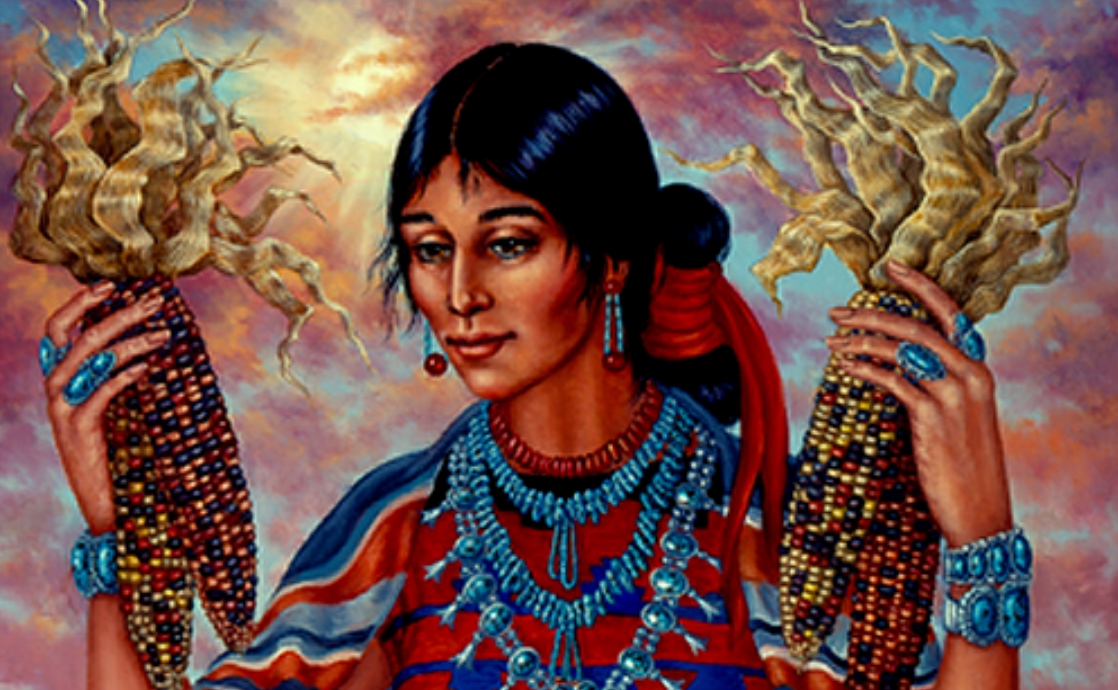

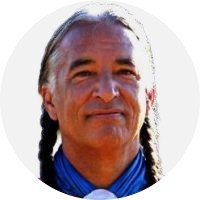
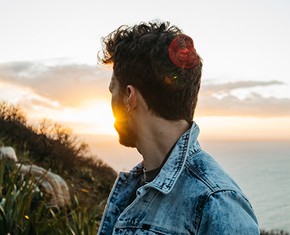
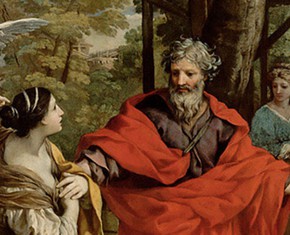
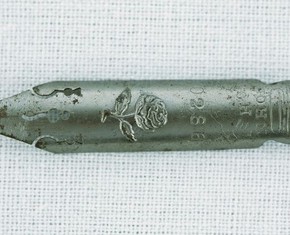









Comments
Sign in or create an account
Continue with Googleor